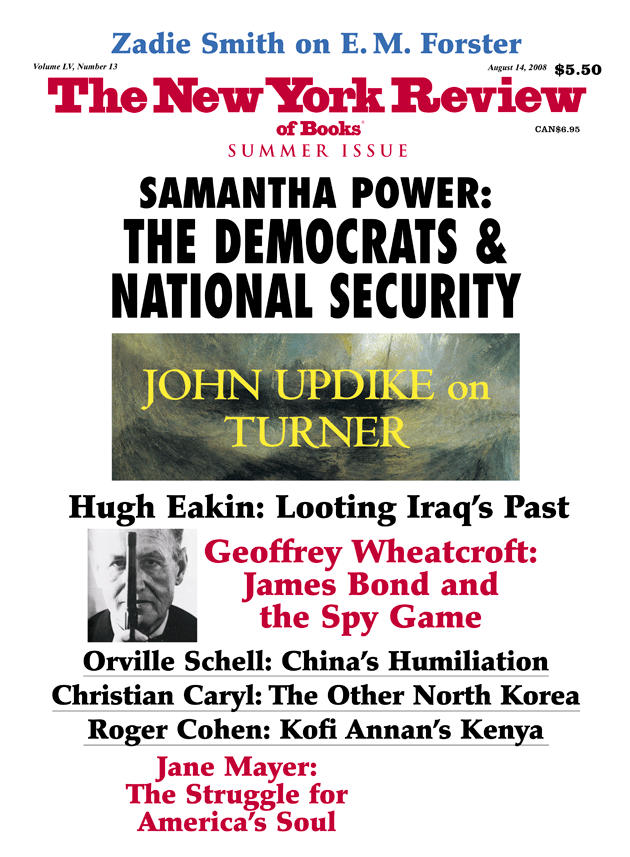In response to:
How He Sees It Now from the July 17, 2008 issue
To the Editors:
In his essay on Tibet in the July 17 issue, Jonathan Mirsky mentions that the Dalai Lama traditionally designated the successors of the Panchen Lama, the second-ranking religious figure in Tibetan Buddhism. He says in passing that “Nicholas Kristof appears not to know” this.
Yes, I do know this—but also that it’s far more complex than that.
Indeed, when the tenth Panchen Lama was selected in 1941, he was chosen not by the Dalai Lama but by monks from the Tashilhunpo Monastery and later by officials from both of the rival Chinese governments (the Panchen Lama’s aides played them off each other). The Dalai Lama’s side had been feuding with the ninth Panchen Lama over taxation matters and withheld recognition of the boy. Finally, in 1951 Chairman Mao effectively forced the Dalai Lama to confirm the boy as the tenth Panchen Lama.
I certainly don’t mean to defend the Chinese kidnapping of the boy designated by the Dalai Lama as the current Panchen Lama, or the farcical selection of an alternative Panchen Lama. That’s appalling, and I agree with the essay’s larger suggestion that China is likely to pick its own successor Dalai Lama after the death of the present one. Meanwhile, the Tibetan exiles will pick their own Dalai Lama from outside Chinese control, and so we will have two contending Dalai Lamas as well as two Panchen Lamas.
Nicholas Kristof
New York City
Jonathan Mirsky replies:
I’m glad Mr. Kristof is familiar with the arcana surrounding Panchen Lamas. I’m also pleased he appears to acknowledge, as I stressed in my piece and as is well documented elsewhere, that the Dalai Lama has had active contacts with Beijing going back to 1978. What is significant about these contacts is the refusal of the Chinese to discuss anything apart from the status of the Dalai Lama, and they regularly refer to his envoys as private visitors.
This Issue
August 14, 2008
The Devastation of Iraq’s Past
Burdock
E.M. Forster, Middle Manager


